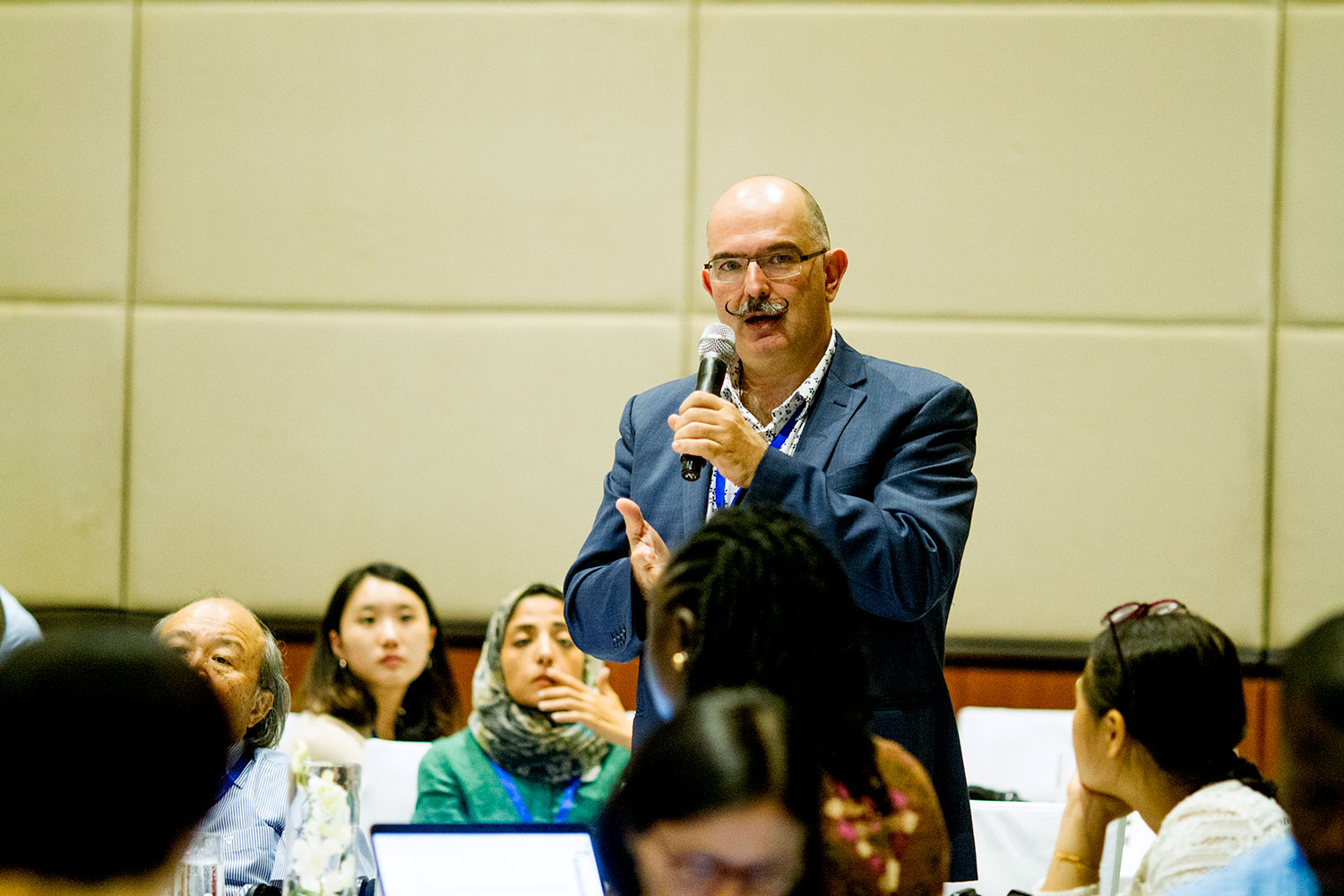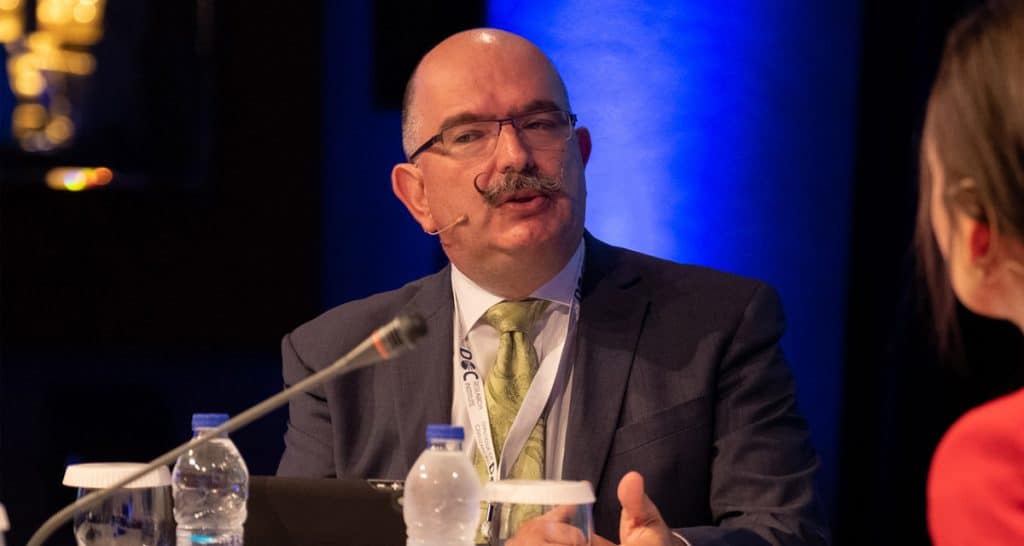
This is an adaption of my opening remarks on the role of culture in tolerance and peace at panel discussion: Tolerance Pillar – Culture (Session 1), at the World Tolerance Summit in Dubai, United Arab Emirates (UAE), 13 November 2019.
Culture is a mighty force. It’s also a double-edged sword.
According to UNESCO, culture is: a driver of sustainable development; an eradicator of poverty; key to quality education, and; key to building peaceful, cohesive and tolerant communities.
I’d like to add that culture is also a driver of innovation. Knowledge is based on the diversification of ideas, so what better way to innovate than by bringing diverse perspectives together?
So what is culture?
Well, the term is problematic and it depends on what context and what type of culture we are referring to. Simply put, culture is the way in which a particular group of people live. It includes shared knowledge, values, customs and includes physical objects. So when we hear the word culture; are we referring to the overarching culture of a nation? Are we referring to the ethno-linguistic culture of a group or individual? Are we referring to organisational or workplace culture, that is, the systems, behaviours and values that an organisation’s employees are required to subscribe to?
These are all different forms of culture.
We then of course have manifestations of culture that give expression and meaning to culture. Language is a living phenomenon and expresses how we think and feel. Music and the arts play a vital role in shaping and manifesting our ideas.
Culture is also synonymous with the arts. The connection of the arts to culture came about when 19th century cultural theorist Matthew Arnold equated culture to refinement of the mind, and in civilizing one’s self through ‘high arts’; that is, the 18th and 19th century classical, ballet, operatic, artistic and literary traditions of Europe.
This notion of culture was developed as a way for the English to delineate themselves from all the colonies they were situated in. In a way, this manifestation still continues today in many parts of the world, in how culture and the arts appear together as a duplex.
It’s as if the arts have hijacked the word ‘culture’ – as though it were a subset to the arts, when in actual fact it is the other way around.

I personally consider this usage of culture as connected to the arts as being problematic for two main reasons; first, defining culture through the arts seriously limits what can be thought of as culture, and second; what is thought to be the arts (and thus culture) is limited to European derived ideas about art and tends to exclude the arts from other traditions.
Culture is both overarching and underpinning. Every society has a culture – a way of thinking; a way of behaving; social norms. All these things guide society. If you want to have social change then you need to change culture; in other words, social change is embedded in cultural change.
Now, a not so well-known statistic: according to UNESCO, 75% of all the conflict we have in the world has a cultural dimension. According to the Global Peace Index, established by Australian philanthropist Steven Killelea, the cost of conflict in the world equates to almost 14% of the world’s GDP. It doesn’t take much to work out that the world is therefore spending more than 10 trillion dollars a year in dealing with conflict which has a cultural dimension.
Think about that for a moment: ten trillion dollars spent on dealing with conflict which has a cultural dimension. The question is, why are we not re-envisioning societies to put culture at the heart of all education, development and progress?
The lifeblood of culture is confluence. Convergence. Cultures need to be reinventing themselves. In order to stay vibrant, cultures need to absorb and adapt constantly to their environment.
What do we mean by culture, and how we can frame this with tolerance and peace? According to the UNESCO publication ‘Defining Tolerance’, there are 7500 languages in the world and almost every single one of these languages has a different understanding of what we mean by tolerance.
In the English language, tolerance is charged with so much negativity. It has a meaning of putting up with someone even if you don’t like them. This can somewhat be attributed to Britain’s colonial history and has shaped a myriad of idioms often used in the English language: “we conquered them”, “we smashed them”, “we nailed it”, and so on. It’s all about winning, defeating the opponent; maintaining the status quo as the dominator over the one dominated. It’s about having the upper hand.
Language defines the reality we live in. It is shaped by social, political, cultural and historical factors. In Arabic, the word tolerance is overlaid with compassion, kindness, respect and embracing the other as an equal rather than the sense of urgency in having to put up with the other. In today’s ever increasingly globalised world where cultures meld, the ability to relate to the other has become more important than ever in building cultures of tolerance and peace.
At Cultural Infusion, music and the arts play an important part in building empathy, tolerance and peace. The ability to share in the feelings of the other underpins everything we do. We achieve this through interactive live cultural presentations representing many parts of the world. Our presenters use storytelling, dance, music, and other intangible practices to create live, interactive experiences.

Our aim through our education programs is to reduce ethnic and raced based discrimination, and to build intercultural understanding as a core value and key competency of what it means to be a global citizen today.
Racism is driven by fear and ignorance. The way we counteract racism is through familiarisation and collaboration with the other. This is why the lived experience becomes so important. Education is key and the arts play a vital role in creating shared meaning and understanding. Youth across the world take a stance against injustice all the time and are also a force for transformation.
In 2013, for the United Nations Alliance of Civilizations’ Do One Thing for Diversity Slogan competition, I coined the phrase “Divided We Fall, United We Stand, Diversified We Grow”.
When I developed this phrase I wasn’t thinking of the slogan in the context of building socially cohesive and peaceful societies, but of what diverse perspectives can bring to humanity. I was thinking of how the objective of humanity should be to find solutions towards challenges regardless of what political convictions we each hold.
History tells us again and again that societies have forever coexisted and have done so successfully. This is exemplified in architecture, language, gastronomy, sciences, maths, visual arts, language and so many other disciplines that have managed to share knowledge across borders and work together to achieve tolerance and peace.
Share this Post

